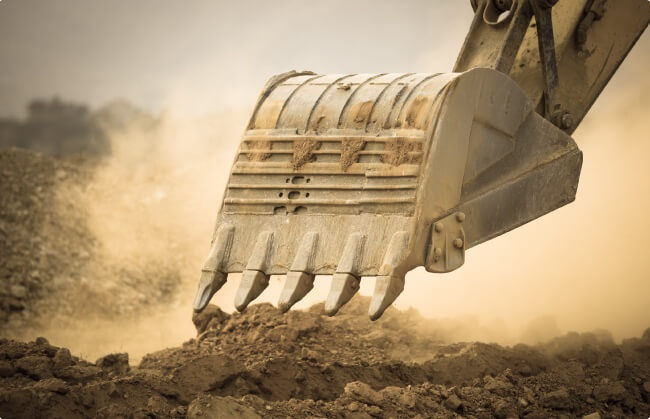Know More About The Asbestos Management Plan Sydney Today
- birdjackson018
- Sep 28, 2023
- 2 min read
In Sydney, the Remedial Action Plan NSW and Waste Classification Sydney Report stand as pillars of a comprehensive waste management strategy. By addressing contamination issues and systematically classifying waste, authorities can safeguard the environment, protect public health, and pave the way for a more sustainable future.
Elements of the Waste Classification Report
Waste Characterization: This involves analyzing the waste's physical, chemical, and biological properties to assess its potential hazards. It determines whether the waste is hazardous, non-hazardous, or inert.
Risk Assessment: By understanding the risks associated with different types of waste, authorities can make informed decisions about how to manage and treat them.
Regulatory Compliance: The WCR ensures that waste disposal and treatment align with local and national regulations, safeguarding human health and the environment.
Resource Optimization: Accurate waste classification allows for efficient use of resources by selecting appropriate disposal methods and minimizing unnecessary expenses.
Sydney's Approach to Waste Management
In a sprawling metropolis like Sydney, waste management is of paramount importance. The Remedial Action Plan NSW and Waste Classification Report offer an integrated solution to the challenges posed by waste generation and contamination. These measures emphasize not only effective remediation and waste classification but also sustainable practices that prioritize the health of both the environment and its inhabitants.
As the global population continues to rise, the need for efficient waste management becomes more urgent. These initiatives exemplify the city's commitment to responsible waste management and should serve as a model for other regions facing similar challenges.
Conclusion
Asbestos, a naturally occurring mineral with fire-resistant properties, was widely used in construction materials in the past. However, its fibrous nature poses significant health risks when inhaled, leading to severe diseases like lung cancer, asbestosis, and mesothelioma. To ensure the safety of occupants, workers, and the general public, the creation and implementation of an Asbestos Management Plan Sydney is crucial. This plan outlines the systematic approach for identifying, managing, and safely removing asbestos-containing materials (ACMs) from buildings and sites.





Comments